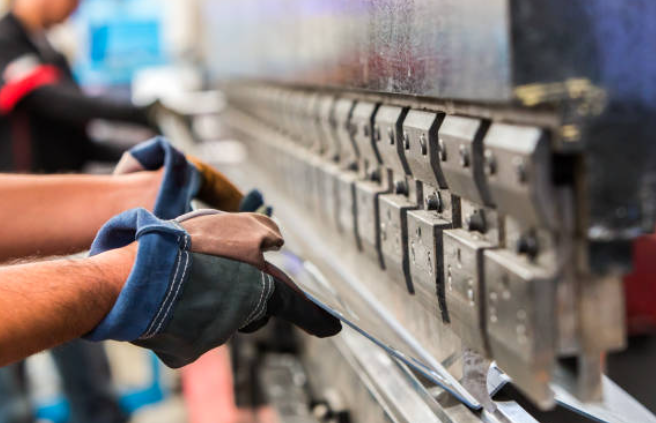
Posted on Tuesday, October 1, 2024
While roll forming primarily shapes metal sheets into continuous profiles, folding machines are responsible for adding sharp angles or creases that may not be achievable through roll forming alone. This combination allows manufacturers to create more complex parts that meet specific structural or design requirements.
In the roll forming process, metal is gradually shaped through a series of rollers that progressively bend the material into the desired profile. However, some parts require additional features like sharp bends, flanges, or complex folded edges, which is where metal folding machines come into play. These machines excel at:
In conclusion, metal folding machines enhance the capabilities of roll forming processes by introducing precise folds and bends. They are vital for producing complex metal parts used in various industries, including construction, roofing, and infrastructure, where both accuracy and consistency are paramount.

32/1000 Box Profile Roll Forming Machine – Complete Guide & Specifications
Posted on Sunday, November 16, 2025
High-performance 32/1000 box profile roll forming machine for roofing and cladding. Full specifications, profiles, applications, pricing

PBR / R-Panel Roll Forming Machine – Complete Guide & Specifications
Posted on Sunday, November 16, 2025
PBR / R-Panel roll forming machine for roofing and wall cladding. Full specs, profiles, applications, pricing, and global buying guide. Built to order.

Posted on Sunday, November 16, 2025
How to Diagnose and Fix the Hidden Electrical Problems That Cause Downtime
Copyright 2025 © Machine Matcher.